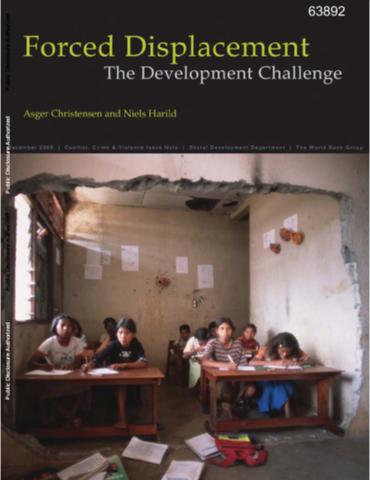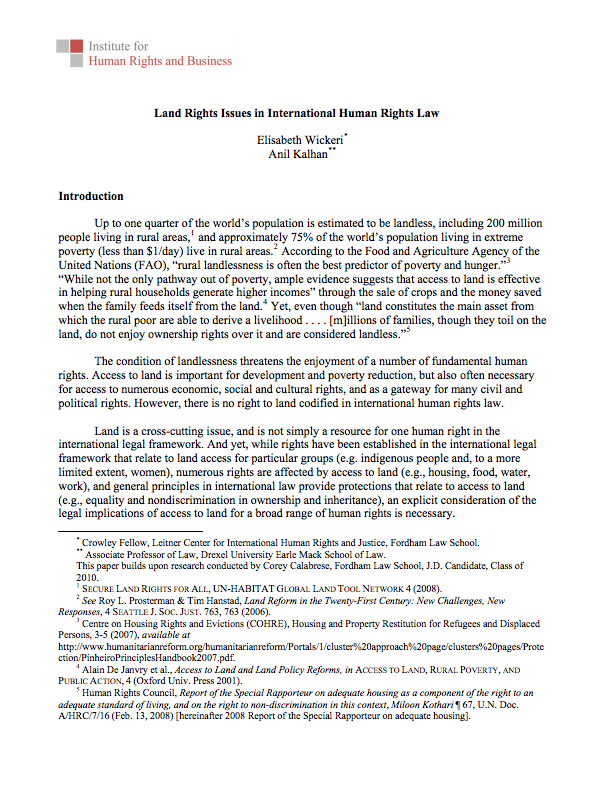La banalidad del desplazamiento: de peleas estadísticas y vacíos en la representación étnica del desplazamiento forzado en Colombia
Colombia tiene una de las mayores cifras de desplazados internos en el mundo. Sin embargo, hay un enigma. Mientras las cifras más recientes de las ONG calculan en 4 millones el número total de desplazados internos desde 1985, las cifras del gobierno colombiano muestran estimativos mucho más bajos, de 1,9 millones. De hecho, hay importantes discrepancias en las maneras como se identifica, cuenta y clasifica a los desplazados.








